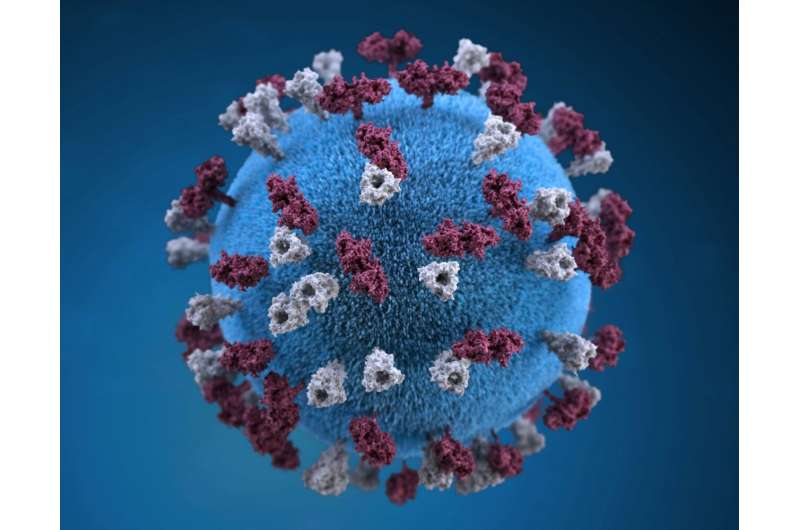How Temperature Distorts Gene Activity to Maintain the Body's 24-Hour Clock

New study reveals how gene activity waveform distortion under heat helps maintain our body's precise 24-hour circadian rhythm despite temperature changes, ensuring synchronization with environmental cues.
Researchers at the RIKEN Center for Interdisciplinary Theoretical and Mathematical Sciences (iTHEMS) in Japan have uncovered how our biological clock preserves a steady 24-hour rhythm despite temperature fluctuations. Led by Gen Kurosawa, the team employed theoretical physics methods to understand the mechanisms behind temperature compensation in circadian rhythms. They discovered that the stability of the internal clock is maintained through a subtle alteration in the shape of gene activity rhythms, known as waveform distortion, which occurs at higher temperatures. This process allows the molecular clock to adjust the speed of gene expression cycles, making them rise more quickly and decline more slowly, while keeping the overall cycle duration constant. The team used the renormalization group technique to analyze mathematical models of mRNA rhythmic patterns and predicted these waveform changes, which were confirmed through experiments involving fruit flies and mice exposed to higher temperatures. Their findings suggest that waveform distortion is crucial for the synchronization of our biological clocks with environmental cues like light and temperature. This adaptation not only helps maintain accurate timekeeping but also enhances the clock's stability against external disturbances and internal variability, including aging. Understanding these mechanisms opens new avenues for diagnosing and treating sleep disorders, jet lag, and age-related disruptions in circadian timing. Future research aims to identify the molecular basis of waveform distortion and explore its variations across different species and individuals, potentially leading to novel biomarkers for various chronobiological conditions.
Stay Updated with Mia's Feed
Get the latest health & wellness insights delivered straight to your inbox.
Related Articles
Measles Exposure Reported at Wesley Medical Center in Wichita, Kansas
A recent measles exposure at Wesley Medical Center in Wichita, Kansas, has prompted health officials to advisemonitoring for symptoms and enhanced precautions to prevent outbreaks.
Global Drug-Related Deaths Have More Than Doubled in Three Decades, New Study Reveals
A new study reveals that worldwide drug-related deaths have more than doubled over the past thirty years, despite only a slight decrease in drug use prevalence rates. The research highlights systemic gaps in harm reduction and treatment access that contribute to the increasing health burden. Learn more about this alarming trend and the urgent need for global health interventions.
Can Rapamycin Match Dietary Restrictions in Extending Lifespan?
Emerging animal research indicates rapamycin may extend lifespan similarly to dietary restrictions, paving the way for future human studies in anti-aging therapies.
Distinct Pathways in Macrophages Regulate Inflammation and Lysosomal Function During Toxic Particle Exposure
New research reveals that macrophages activate separate pathways to manage inflammation and lysosomal function during exposure to toxic particles, opening doors for targeted therapies in related diseases.



